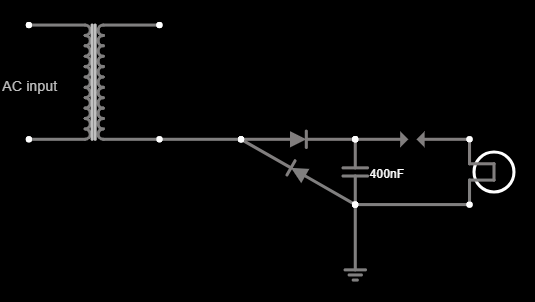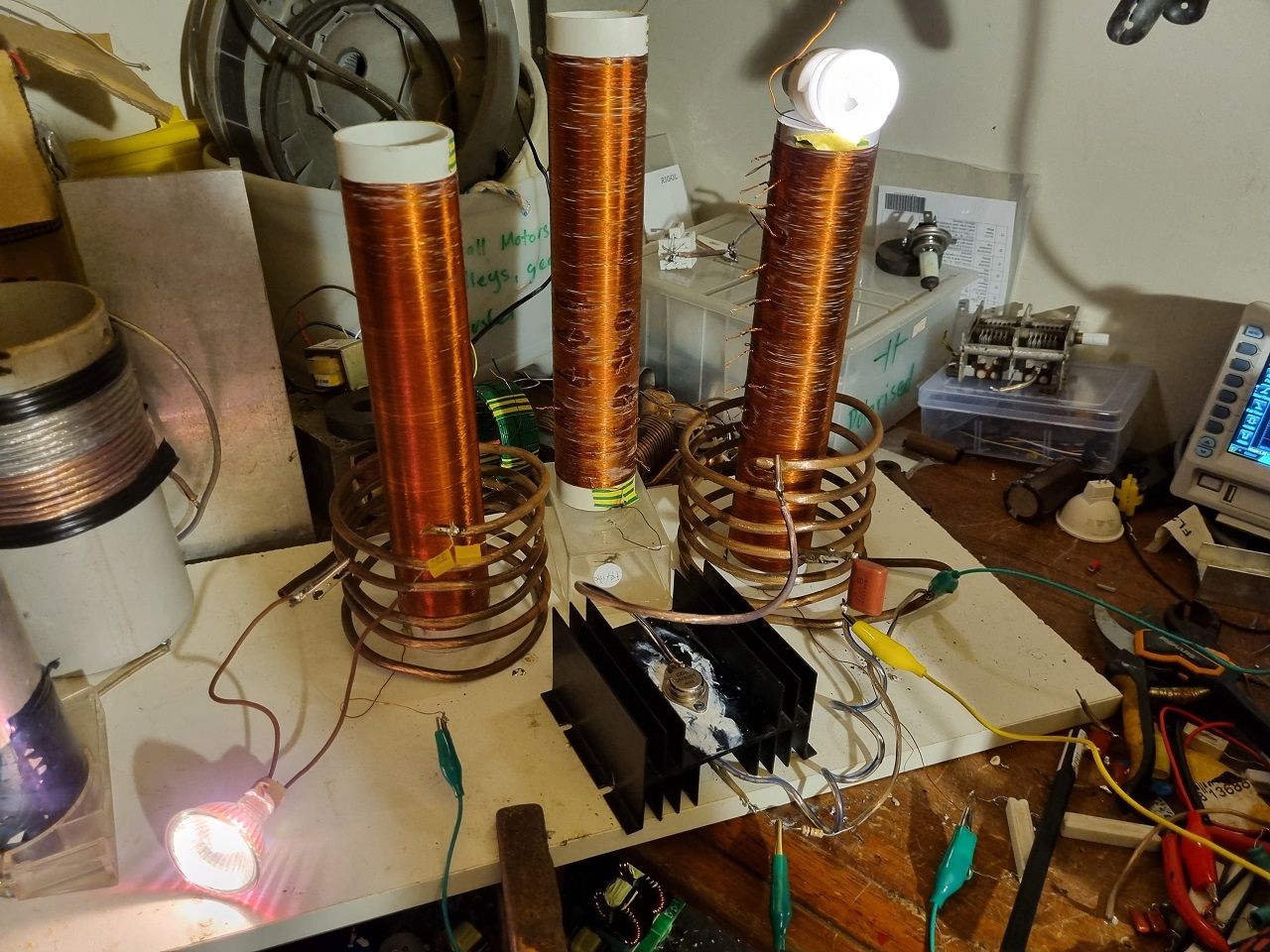I transferred my thread on Non Linear Resonance here to BeyondUnity.org
Non Linear Resonance
- 10K Views
- Last Post 14 January 2025
I transferred my thread on Non Linear Resonance here to BeyondUnity.org
Hy Kloakito
Indeed the advantage of a single-wire open system is that it can be loaded without affecting the source.
Rick Friedrich is one of my favorites, he is a great humanist with a passion for research.
Jagau
Hello guys, I have been doing some experiments with one wire transfer with regards to resonance. I can recommend the Resonant Induction Coupler Kit from Rick Friedrich, if you want to get hands on experience with one wire transfer. The kit comes with a book. It is easier to get the kit, but as most people here are not afraid to build something, you could find the book that comes with the kit, for example on Anna's archive, and then do the experiments yourself. I did that and it worked quite well for me.
What I find as the main advantage of one wire transfer is that I can connect two circuits with one wire without both of them getting out of tune.
Hi Sandy.
I have not kept any of my circuits. I reused all components in new experiments until they burned or fell apart.
I used to be the same way. Don't make that mistake because you won't be able to come back later to recall the details.
If you're serious, of course.
Atti.
Thanks for the encouragement but i dont have significant discovery to contribute. Here with tesla coils i was trying to understand Vasmus device. I have not kept any of my circuits. I reused all components in new experiments until they burned or fell apart. If I find anything worth sharing in the future, I will share it! Kind regards, Sandy
- Liked by
-

-
-

-
- and 1 others
You should start a new thread and show us what you did with this Tesla coil,
I'm interested, thanks for the photo.
I support it.Thank you.
Atti.
Nice experiment Sandy for your Tesla coil.
You should start a new thread and show us what you did with this Tesla coil,
I'm interested, thanks for the photo.
My other experience is that a sharp transient in an inductive circuit will excite all metals in proximity enough that neon bulb can light from one leg touching almost anything in vicinity
You arouse my curiosity, show us that, thank you.
Jagau
Hi Atti, I made some similar experiment with one wire, which was excited by transformer (high voltage, high frequency), some time ago.
When I added grounding after one diode of AV plug, it helped me to get more energy in capacitor
(in your scheme it is at the point where you have pointing arrow Ut2)
My scheme was something like this. Second output wire from transformer was free or connected to some metal shelves (not grounded to the ground).
- Liked by
-

-
-

-

- and 1 others
Hi.
Terima kasih atas komentar Anda. Saya akan menyambut eksperimen Anda juga.
Atti.
- Liked by
-

-
-

-

- and 1 others
Hi Atti. No I don't have experience with single wire transmission like described in Micheal Bank's book. The book is thin. You could read it in a few hours. My experience with one wire transmission is only with a tesla coils. Attached is picture of my experiment from past with reasonably efficent wireless transmission with ground return but I could not get OU. My other experience is that a sharp transient in an inductive circuit will excite all metals in proximity enough that neon bulb can light from one leg touching almost anything in vicinity. Kind regards, Sandy
Fighter's note: I inserted in the post the attached image, it's more convenient to see Sandy's experiment.
- Liked by
-

-
-
-

- and 2 others
Hi Sendy.
Thank you very much for your comment.
There is a lot of theory. I would like to ask you, do you have any experience of your own with the works? Perhaps you can show us the works?
Thank you.
Atti.
- Liked by
-
-

-

-

- and 1 others
No one online at the moment
-

-
-

-
-





